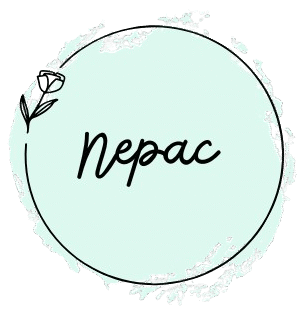Fashion is a dynamic reflection of society, evolving with each decade to capture the spirit of its time. From the roaring 1920s to the rebellious 1990s, past trends continue to inspire and influence the way we dress today. Understanding the evolution of fashion through the decades provides insight into the cyclical nature of style and how vintage elements are reinvented for the modern wardrobe.
The Glamour of the 1920s and the Birth of Modern Fashion
The 1920s, often called the Roaring Twenties http://www.wineandhampergifts.co.uk/, revolutionized fashion with the rise of flapper dresses, bobbed haircuts, and bold makeup. This era marked a shift toward liberation and self-expression, especially for women. The decade’s emphasis on fun, freedom, and breaking traditional rules set the stage for future style revolutions.
Today, the influence of the 1920s is evident in the resurgence of fringe details, drop-waist dresses, and art deco patterns, often seen in evening wear and accessories.
The Elegance of the 1950s and Classic Silhouettes
Post-World War II fashion in the 1950s embraced femininity with cinched waists, full skirts, and tailored jackets. Icons like Audrey Hepburn and Grace Kelly popularized timeless elegance. The decade’s focus on polished, structured looks laid the groundwork for many classic wardrobe staples still valued today.
Modern designers frequently revisit 1950s silhouettes, blending vintage charm with contemporary fabrics and cuts to create sophisticated yet wearable styles.
The Boldness of the 1970s and the Rise of Individuality
The 1970s brought diversity and bold self-expression to fashion. From hippie-inspired boho styles to disco glamour, this decade celebrated eclecticism and personal freedom. Flared pants, platform shoes, and psychedelic prints dominated the scene.
Today’s fashion echoes the 70s with a comeback of wide-leg trousers, floral patterns, and retro accessories, reflecting a renewed appreciation for individuality and experimentation.
The Edge of the 1990s and Grunge Influence
The 1990s introduced grunge, minimalism, and streetwear into mainstream fashion. Influenced by music and youth culture, this decade embraced flannel shirts, ripped jeans, and slip dresses. The casual, rebellious vibe of the 90s remains popular with a modern twist.
Current trends often reinterpret 90s fashion through oversized fits, layered looks, and nostalgic accessories, appealing to both millennials and Gen Z.
Why Fashion is Always Coming Back
Fashion’s cyclical nature means that styles from past decades frequently reemerge with updates that suit contemporary tastes. Designers draw inspiration from archives, and consumers seek unique pieces that evoke nostalgia.
This blend of past and present allows fashion to continually reinvent itself while honoring its history.
Conclusion
The evolution of fashion through the decades reveals a fascinating journey of cultural change, creativity, and self-expression. Each era leaves a lasting imprint that shapes modern style, proving that great fashion is timeless. By understanding the roots of our favorite trends, we can appreciate the rich heritage behind what we wear today.
